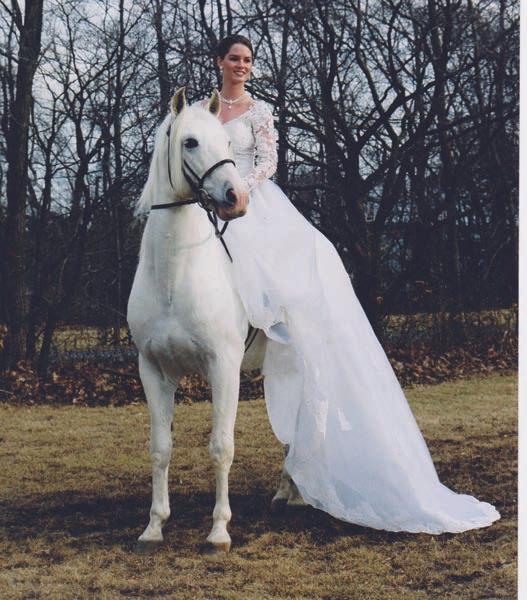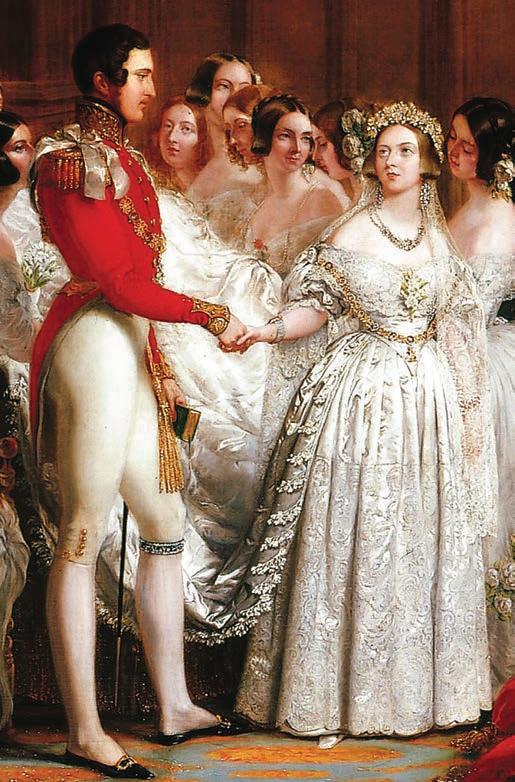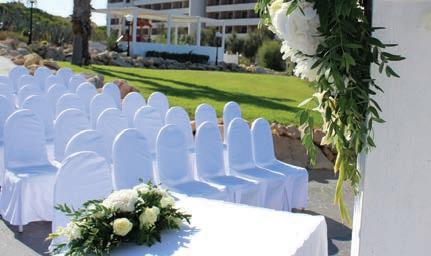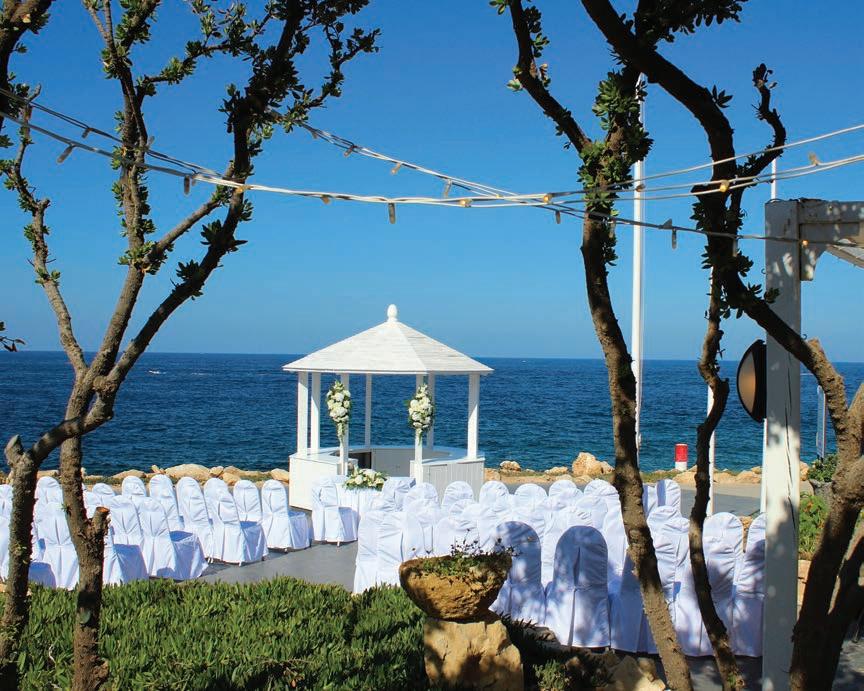
3 minute read
WHY WEAR WHITE?
WHEN MOST BRIDES IMAGINE THEIR WEDDING DRESS IT'S A TRADITIONAL WHITE ONE. BUT WHITE DRESSES WERE NOT ALWAYS WORN FOR THE CEREMONY.
In many countries and societies white has always been associated with virtue and purity, making a suitable choice for a bride, but historically wedding dresses were not expected to be white until the middle of the 19th century. In fact, brides were married in all colours, or simply in the very best dress they possessed. Often, rather than respecting a tradition brides looked at economy and practicality. White, being difficult to keep clean, would simply not have been considered for the entire outfit.
The bride would have a suitable and celebratory new dress for her marriage ceremony and celebrations, however it would be one that could be worn again. Not till much later did the idea of having a once-in-a-lifetime dress come up.
Sometimes, a bride would not have a new dress at all. A second hand one, altered or lent for the day, would be happily received. In fact, in some cultures it was the norm. Neither was it unusual for a bride to wear the dress her mother had worn. Many brides kept their dresses in the hope that a daughter would wear it one day. Alterations and additions would be made, and the new bride would be happy because of the sweet, sentimental associations the dress had.
The white dress which society expects came thanks to England’s Queen Victoria. When she married Prince Albert, in1840, she walked down the aisle in a white gown, wearing awhite veil and a crown of orange blossoms and myrtle. The guests were not amused, they were extremely disappointed; where was all the pomp and circumstance?
But Victoria wasahead of her time. She was making a point. Instead of the mind-blowing extravagance of previous royal weddings, hers was to be a modest event. Her people would see that she would run their country with the same sense of economy.
And,with an understandingof the power of publicitythat would impress today’s influencers, her white gown displayed the beauty and fine details of the Honiton Lace used for its trimmings. This was because, at the time the British lace industry was in difficulties,and Victoria would have been well aware of the publicity her gown would receive when reports of thewedding filled newspapers and magazines throughout Europe and the British Empire.
From then on wealthier brides seized and embraced the trend of a white wedding dress. Eventually, almost all young women, and probably their mothers, began to see the advantages of an all white dress, and it became the tradition we still follow today.
White may still be a popular choice, but some brides no longer think it’s the most flattering one.Shades of pearl, champagne, cream and even the palest shell pink, misty blue or grey actually look more attractive next to certain skin tones.
Others may be put off by what they see as an irrelevant association of white with purity and innocence, or have an urge to shake up some of the more conventional traditions and put their own,very definite,mark on their wedding with something as obvious as their dress.
There is also the connection of white with mourning in several cultures and countries. When Mary Queen of Scots wore her favourite gown, which just happened to be white, for her wedding to theDauphin of France, in 1558, she outraged her in-laws and the French people for being so improper. Two years later, her husband succumbed to impossibly invasive head surgery for an ailment. The white wedding dress was immediately blamed, for casting a curse on him.
But, none of this should influence a bride’s choice of dress. She should wear what makes her feel happy. Then she will certainly make a beautiful bride.


SOMETHING BLU
Memories to last a lifetime.
With a wealth of venues to choose from and breathtaking views over the sparkling Mediterranean, we promise a spectacular backdrop to your wedding day.
Contact our Expert Team for our tailor-made wedding packages.
















